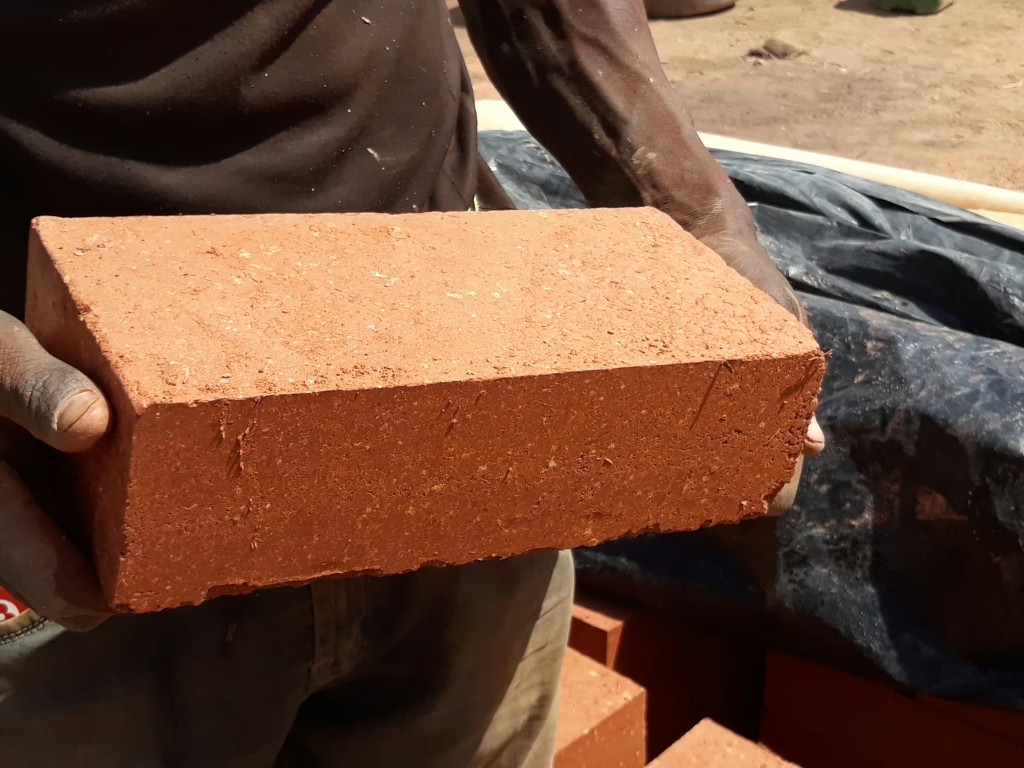Mining, murder, and the machinery of exploitation
Midden januari werd de wereld opgeschrikt door vreselijke beelden uit Stilfontein, een klein mijnstadje in Zuid-Afrika, waar de laatste ‘illegale’ mijnwerkers, die al maanden vastzaten in een verlaten goudmijn, meer dood dan levend naar boven werden gedwongen bij een brutale politieoperatie.
Hierbij een uitgebreide analyse over wat er gebeurde en hoe dit nieuwe bloedbad past in een lange reeks van gewelddadige conflicten in de Zuid-Afrikaanse mijnbouwsector die teruggaan op koloniale machtsstructuren. Ook de huidige overheid, meer dan dertig jaar na het einde van de apartheid, blijft blijkbaar de particuliere zakelijke belangen van grote mijnbedrijven boven het welzijn van arbeidsmigranten stellen.
Het recente bloedbad in Stilfontein waarbij waarschijnlijk meer dan 100 ‘ambachtelijke’ mijnwerkers zijn omgekomen door een bewuste strategie van uithongering – het gaat vooral om arbeidsmigranten uit andere landen van Zuidelijk Afrika zonder wettelijke verblijfspapieren voor Zuid-Afrika – legt de gewelddadige loyaliteit bloot van de Zuid-Afrikaanse staat tegenover de bedrijfsbelangen van de mijnsector.
Zo zet de overheid een lange erfenis verder van extractie, landonteigening en uitbuiting die teruggaat tot de eerste koloniale veroveringen van Zuidelijk Afrika nog lang voor het officiële begin van de apartheid in 1948.
Bij het drama van Stilfontein weerklinken opnieuw de schoten waarmee bij dat andere bloedbad van Marikana, in augustus 2012, 34 stakende mijnwerkers werden doodgeschoten door de politie. Toen werd gezegd: ‘dit nooit meer’, maar toch kon het opnieuw gebeuren.
Stilfontein is een Zuid-Afrikaans mijnstadje, gelegen tussen Klerksdorp en Potchefstroom, in de provincie Noordwest. Stilfontein werd in 1949 opgericht als woongebied van drie grote goudmijnen: Hartebeesfontein, Buffelsfontein en Stilfontein.
Stilfontein werd in 2005 getroffen door een aardbeving als gevolg van de jarenlange exploitatie van de ondergrond, die veel gebouwen in de stad vernielde en waarna de mijnen van Hartebeesfontein en Buffelsfontein tijdelijk werden gesloten en de Stilfontein Gold Mining in vereffening ging.
Simmer and Jack Mines nam deze mijnen daarna over maar in 2006 deed zich al een nieuwe ramp voor, waarbij door een uitslaande brand 8 mijnwerkers omkwamen. Uiteindelijk werd de Stilfontein-goudmijn in 2013 definitief gesloten.
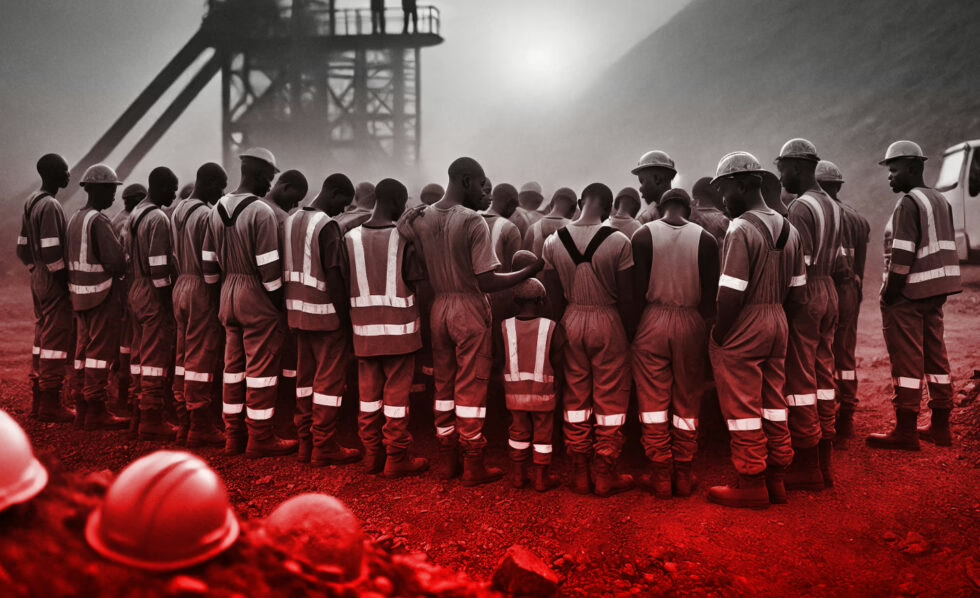
Sinds de sluiting is de locatie bekend als een favoriete plek voor ‘illegale’ mijnbouwactiviteiten, waarbij ambachtelijke mijnwerkers, bekend onder de Zulu-naam zama zamas, proberen de resterende goudvoorraden in de verlaten en gevaarlijke mijnschachten te exploiteren. Daarbij vallen geregeld doden en gewonden. Illegale mijnbouw, dus zonder exploitatievergunning, is een strafbaar feit volgens de Zuid-Afrikaanse wetgeving.
In november 2024 ontstond daardoor een politieke crisis toen de overheid de ‘illegale’ mijnbouwactiviteiten in Stilfontein wilde aanpakken door het blokkeren van de uitgangen van belangrijkste schachten. De mijnwerkers kwamen daardoor ondergronds vast te zitten, zonder voedsel en water.
Vele mijnwerkers waren na een tijdje niet meer in staat om op eigen kracht naar boven te komen. Ook uit angst voor arrestatie door de politie of vergelding door criminele rivaliserende bendes bleven velen liever beneden. Een reddingsoperatie die levens had kunnen redden, werd door de Zuid-Afrikaanse overheid systematisch geweigerd, tot ontzetting van familieleden en mensenrechtenactivisten.
Minister Senzo Mchunu (ANC) van Politiezaken vertelde het parlement in Kaapstad tijdens een hoorzitting op dinsdag 18 maart dat de tragedie in de Stilfontein-mijn, waarbij volgens officiële cijfers 93 mijnwerkers omkwamen en bijna 2000 werden gearresteerd, een gevolg was van de “onveilige grenzen van Zuid-Afrika”. Hij verwees daarbij naar de arbeidsmigranten die vooral Mozambique ontvluchtten wegens de gespannen politieke toestand in dat buurland.
Generaal-majoor Patrick Asaneng, leidend politiefunctionaris van de North West-provincie, zei dat er van augustus 2024 tot maart 2025 in totaal 944 politieagenten deelnamen aan de operaties in Stilfontein. De kosten hiervoor bedroegen 23 miljoen rand voor de inzet van politie en 9,8 miljoen rand voor de uitbetaling van overuren. Asaneng zei dat de meerderheid van de ‘illegale’ mijnwerkers ‘migranten zonder papieren’ waren.
Hij gaf het parlement een overzicht van hun landen van oorsprong: “Bij de mensen die levend uit de mijn gehaald werden, waren 1.128 Mozambikanen, 473 Zimbabwanen, 197 Basotho, 26 Zuid-Afrikanen, één Congolees en één Malawiër. In totaal 1.826 ‘illegalen’.”
Geen natuurlijke dood
De politie hanteerde een ‘geef je over of verhonger’-strategie om de mijnwerkers in Stilfontein naar boven te dwingen. Mevrouw Khumbudzo Ntshavheni (ANC), Minister in the Presidency, en actief lid van de Prayer Women’s League of the Evangelical Lutheran Church of Southern Africa, nam zelfs de woorden ‘uitroken’ in de mond.
Daily Maverick meldde vorige maand dat volgens gegevens van de Mining Affected Communities United in Action (Macua) minstens 20 mijnwerkers stierven van honger en uitdroging. De organisatie heeft een onafhankelijke patholoog aangesteld om autopsies uit te voeren op de lichamen van de dode mijnwerkers.
“Dit zijn geen natuurlijke sterfgevallen – ze waren volledig te voorkomen. De regering weigerde opzettelijk om in te grijpen en liet deze mannen willens en wetens sterven in een langzame doodsstrijd. Dit was niet simpelweg een geval van mijnwerkers die zich in een gevaarlijke situatie begaven; het grootste en meest dodelijke gevaar kwam van de Zuid-Afrikaanse staat zelf”, zei Sabelo Mnguni, nationaal bestuurder van Macua.
Ook de auteurs van onderstaand analysestuk winden er geen doekjes om. In hun conclusie zijn ze bijzonder scherp voor de Zuid-Afrikaanse overheid:
“Het bloedbad in Stilfontein benadrukt de dringende noodzaak om artisanale mijnbouw in Zuid-Afrika te legaliseren. Meer in het algemeen laat het zien dat het dringend noodzakelijk is om de manier waarop rijkdom en politieke macht samenwerken en zich onderling blijven verrijken, ter discussie te stellen. Als dit niet gebeurt, zal de staat doorgaan met het normaliseren van de ontmenselijking en het gebruik van geweld tegen mensen die hun verzet niet willen opgeven tegen de belangen van een elite in.”
Hieronder publiceren we het lange analysestuk integraal in het Engels. Het is misschien taaie kost, maar de moeite waard omdat de omstandigheden zo bijzonder schrijnend zijn.
Jan Van Criekinge
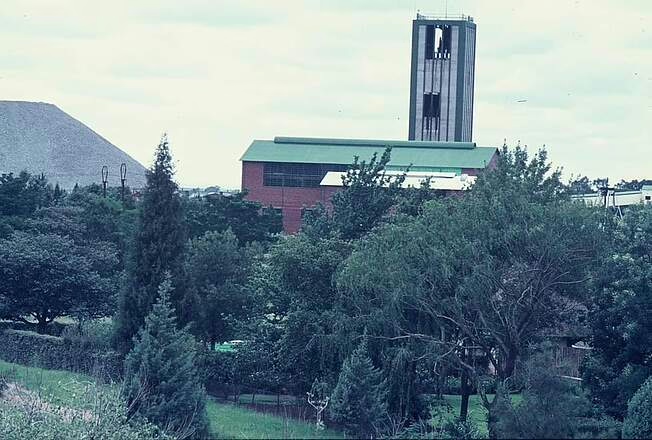
Artisanal miners, referred to as ‘illegal’ miners by the state, are marginalized people struggling to improve their living conditions
The Stilfontein Massacre, echoing the cracking rifles that killed 34 miners at Marikana, has again laid bare the murderous means the South African government is prepared to deploy in defense of private business interests and corporations.
Artisanal miners, referred to as ‘illegal’ miners by the state, are marginalized people struggling to improve their living conditions. They exist in parallel and in resistance to the dispossession and exploitation of industrial large-scale mining, which can be traced back to the colonial era.
The narrative that artisanal miners are an economic drain on the country is constructed to dehumanize them. Like eight million others, they are informally employed in precarious working conditions due to high levels of unemployment, the state’s failure to address basic socio-economic issues, and the compulsion to work or die under capitalism.
Stilfontein, like Marikana, is a manifestation of state collusion with corporate mining interests. The strategies of violence deployed by the state vary from direct, structural, and narrative violence to the violence of inaction. But they are part of one legacy of colonial extortion, driven to control and extract labor and resources.
Every year, in early February, the Mining Indaba takes place in Cape Town, South Africa. It is the largest meeting of mining-related interests on the African continent, populated by influential mining capitalists, lobbyists, and politicians.
President Cyril Ramaphosa, Gwede Mantashe, the minister of Mineral and Petroleum Resources, and 42 other ministers from as many as 29 African nations participate in the conference. The African political elite discuss among themselves how to best advance the interests of gargantuan mining corporations.
To attend the mining Indaba, one must a) register as a company or the representative of a company and b) pay a registration fee of 2,515 GBP (approximately R60,000).
This is not an Indaba organized to consider the needs and concerns of all stakeholders. It is rather, an opportunity for capital to network and purchase the time, influence, and complicity of political elites.
The Indaba reflects the stark alienation between business and political interests and the needs and concerns of affected communities. The prioritization of the former over the latter results in deadly outcomes.
It is against this background of dispossession and collusion, propped up by state-sanctioned violence, that we witnessed the deaths of 87 artisanal miners at Stilfontein.
Since December 2023, the South African government has used its violent apparatuses to address the ‘60 billion rand cost’ that informal mining supposedly causes to the economy.
In an attempt to crack down on informal and artisanal mining in South Africa, the Department of Minerals and Petroleum Resources mobilized the police to lead Operation Vala Umgodi (‘plug the hole’). This involves police waiting outside the entrances of abandoned mines where ‘illegal’ mining operations were occurring.
The Stilfontein case, at the abandoned Buffelsfontein Gold mine (about 160km southwest of Johannesburg), exposed the brutality of Operation Vala Umgodi.
The state used the violence of enforced starvation, thirst, and inaction through their delayed rescue operations, to address the threat informal sector mining poses to elite accumulation.
Operation Vala Umgodi was intended to sever supply lines into the mines, to force the miners underground out, and to arrest them. In August 2024, the police laid siege to the Stilfontein mine, preventing food and water from entering the mine; at the same time, they dismantled the pulley systems for entering and exiting from some of the shafts.
While many miners emerged from other parts of the mine, a large number of miners were stuck in tunnels surrounding shaft 11—a smooth concrete well descending 2km into the ground—without any safe passage out and with dwindling food and water supplies.
The police and government claimed that miners didn’t want to be arrested, but community members began to raise concerns that there was no way for many of them to exit.
By November, the miner’s food and water supply had run out, and the situation was dire. In mid-November MACUA (Mining Affected Communities United in Action) with Lawyers for Human Rights took the matter to court and the court ruled that the police should allow food and humanitarian aid into the mine.
Initially, the police continued to prevent this from happening, but, after being charged with contempt of court, slow trickles of food and supplies from the local community-led rescue efforts were allowed into the mine.
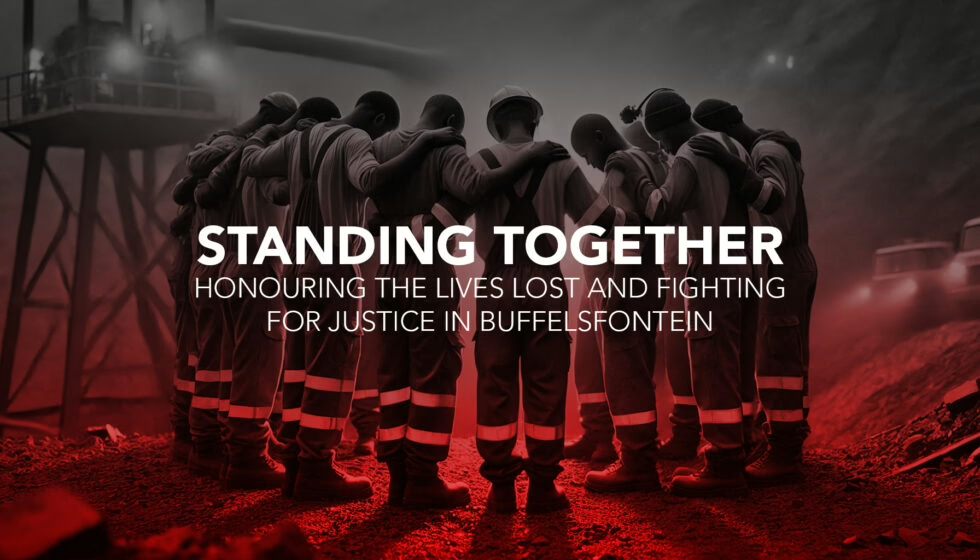
The supplies were woefully insufficient. Finally, in an urgent application heard at the High Court, a state-led rescue operation began in January 2025. Months after the miners’ family members had alerted authorities of the need for rescue efforts. Up until that point the only attempts to bring miners safely to the surface had been an under-resourced effort led by the community.
The operation quickly unveiled the tragedy of the event. Videos began to circulate of emaciated miners trapped in tunnels filled with bodies. When the operation concluded, there were 246 miners retrieved from the depths of the mine, and 87 bodies of miners who had been killed by the state’s actions.
There are still miners who remain unaccounted for, their bodies and stories likely lost underground in the maze of dark and damp tunnels.
Narrative violence as a tool of the state
The state has consistently portrayed artisanal miners as ‘criminals’, seeking to dehumanize them. By promoting fear and misunderstanding the state mobilizes public support for Operation Vala Umgodi. The same ‘Swart Gevaar’ propaganda that sought to justify Apartheid is applied in a subtle variation to justify the government’s treatment, particularly its immigration policy concerning African migrant labor.
The Minister in the Presidency, Khumbudzo Ntshaveni, when asked whether the state would undertake rescue operations or provide food for the trapped miners at Stilfontein, replied: “We are not sending help to criminals, we are going to smoke them out. They will come out. They did not go down there in the best interests of the republic, so we cannot help them”.
Similarly, Gwede Mantashe threatened MACUA for “preaching tolerance for criminality” because the group was highlighting and contesting the human rights violations taking place at Stilfontein and, more exactly, for mobilizing its own rescue operations.
The South African Police Service’s (SAPS) refusal to comply with the High Court decision compelling them to provide all necessary emergency disaster relief to the miners underground at Stilfontein reiterates the state’s cruelty and contempt toward artisanal miners.
The state has additionally propagandized that many of the miners are immigrants from neighboring countries, hoping to manipulate Afrophobic sentiments to distract from its failings—a typical tactic of South African politicians.
The state’s rhetoric and narrative violence fail to acknowledge the socioeconomic drivers pushing people into artisanal mining. For these people, artisanal mining is a way of reasserting one’s agency and innovating in the face of a desperate situation. The state prefers to mislead the public into believing artisanal mining is caused by gangsterism and greed.
They dehumanize migrants, overlooking the crucial historical and ongoing contributions of migrant labor to the South African economy. This is compounded by the structural violence of bureaucracy that limits access to artisanal mining permits and the legal documentation of migrant laborers.
Despite the atrocities at Marikana and Stilfontein, public attention and discussion of such incidents remains limited. The precarity of life in South Africa means that the general public is preoccupied with trying to survive intersecting socio-economic and climate crises and rarely participates actively in governance or challenges state violence.
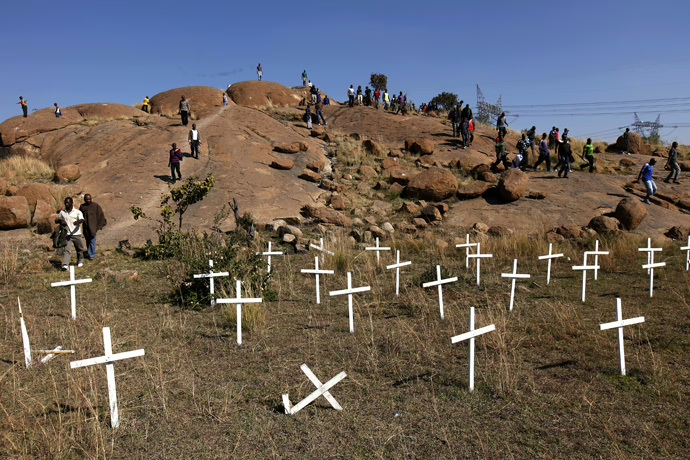
The state and its actions are treated both with distrust and disinterest, while the private sector and NGOs are relied on to provide services that previously would have been public. Exploitation and violence are normalized as common individual experiences, separate from politically sanctioned systems of oppression. This disengagement gives further power to the elite to accumulate more wealth and in turn more power.
Operation Vala Umgodi continues in South Africa despite the publicity around Stilfontein. In December 2024, around 150 artisanal miners were rescued in Sabie, Mpumalanga province, and three deaths occurred. The rescued miners are awaiting trial. It is difficult to imagine they will be tried fairly. Media coverage of Operation Vala Umgodi, and of Stillfontein specifically, has been inconsistent.
Occasionally, miners have been described as victims with calls made for their quick rescue. For the most part, unfortunately, the media coverage has perpetuated stereotypes of artisanal miners as criminals who must pay for their crimes, even if it costs them their lives.
Stilfontein is not an isolated incident
The Department of Mineral and Petroleum Resources does not hold mining companies accountable to legislation to properly close and rehabilitate mining sites.
According to an Auditor General of South Africa report (2022), there are more than 6,000 abandoned mines in South Africa. Rehabilitation and retraining of retrenched miners are legal requirements for mine closure procedures under the Mineral Petrol Resource Development Act (MPRDA) of 2002. The Act stipulates that mining companies are required to rehabilitate the land and provide alternative job training when a mine closes.
Instead, mining companies ruthlessly extract resources and then disappear without proper rehabilitation and retraining, leaving communities to bear the economic and environmental brunt of the abandoned mines.
Historically, these companies have often been headquartered in the Global North, but increasingly they are also locally owned by the new emerging elite with political ties. The new elite reproduces the same systems of colonial raw resource extraction for the benefit of the former colonial centers of power.
In the 1980s, the mining industry generated 21 percent of South Africa’s GDP. Today it accounts for just 8 percent. South African mineral resources have been declining for decades, reducing the profitability of large-scale industrial mining.
In this context, small-scale artisanal mining has been raised as a potentially more sustainable and equitable form of mineral resource extraction. The MPRDA acknowledges artisanal miners but places onerous licensing requirements on them to possess the “financial resources and technical abilities to conduct the proposed mining operation optimally”.
These requirements are the same as those applied to corporate mining giants, and thus structurally discriminate against artisanal miners, who cannot access credit or raise the capital required to consult specialists.
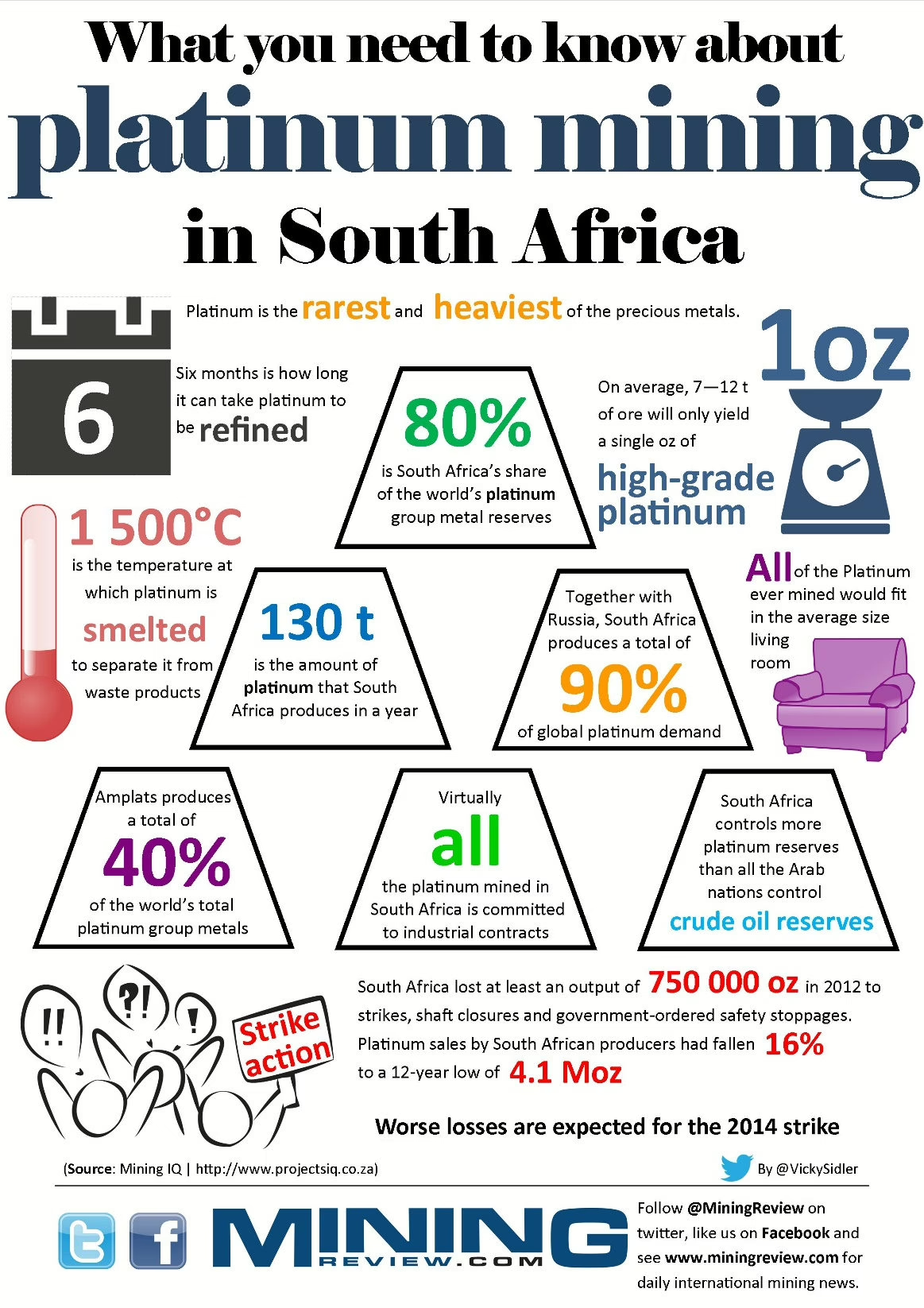
The state’s unwillingness to make artisanal mining accessible and regulated has meant that the informal mining sector is an amalgamation of artisanal miners and criminal syndicates that exploit and violently coerce miners. Most crucially, these syndicates feed the informally mined minerals into regular supply chains; this would not be possible without the complicity of financial institutions, legitimate mineral exporters, and government bureaucrats.
Indicating deep collusion with the mainstream mining sector. For a privileged minority, ‘illegal’ mining is an incredibly lucrative business. Yet, those who actually carry out the precarious work of artisanal, small-scale mining have very little to gain.
Miners, who often stay underground for six or more months at a time, report having to pay R100 for a bottle of water and steep commissions for their ore to be surfaced. Syndicate leaders, bulk buyers, front export companies, and international buyers control the process and reap the true profits.
Organizations such as MACUA, Benchmarks Foundation, and the National Association for Artisanal Miners, have pushed for the legalization of artisanal mining to enable permits for small-scale operations to be more accessible. The state has delayed progress on this.
By preventing the regulation of artisanal mining, the government is imposing violence and gangsterism onto the informal mining sector. In a space where billions of rand are on the table, criminal syndicates, who are well-resourced and motivated, step in and compete over who can exercise the most violence on each other and the miners. Without enforceable contracts and the rule of law, violence, and coercion are the only ways of regulating business.
The story of Artisanal Miners, sometimes referred to as Zama-Zamas, rises out of deep-seated socio-economic problems that cannot be divorced from the history of the mining industry that has alienated and commodified the black body.
The fact that a large number of miners at Stilfontein were from Mozambique, Lesotho, Botswana, and Zimbabwe cannot be understood outside of the historical context of resource extraction in Southern Africa. The migrant labor system was manufactured and developed during the colonial period. It continues to be an integral part of the South African economy.
But the issue of artisanal mining is not a South African problem alone. In a Southern African context, where poverty and youth unemployment abound, the compulsion to survive under the capitalist mode of production drives people to normalize situations of extreme exploitation.
While socio-economic issues are not dealt with, there will always be people who are forced to migrate and work in high-risk conditions. Compounding this, developments within the region cause people to migrate in search of work and peace.
Mozambique: 600 deaths attributed to the uprising
Since the highly contested October 2024 legislative and presidential elections in Mozambique, there have been more than 600 deaths attributed to the uprising. Already in November 2024, it was estimated that the unrest had caused 360 million euros in damages and the loss of 12,000 jobs.
Simultaneously, more than 700,000 people have been displaced since 2017, by the violent contestation over Cabo Delgado and its offshore oil and gas resources, between local insurgents and militaries mobilized to protect multi-national fossil fuel corporations.
In Lesotho, political instability, including army involvement, has been an ongoing feature of attempts to establish a functional democracy over the past decades. Simultaneously, increasing climate-induced water scarcity across Southern Africa drives migration. The El Niño droughts in Zimbabwe have caused maize production to plummet 72 percent from the 2024 harvest.
Considering these, it should come as no surprise that people are in search of better opportunities. The systems of colonialism and Apartheid still function, as desperation continues to drive black migrant labor underground.
Artisanal mining as resistance to elite accumulation
Many Artisanal miners see their involvement in the sector as resistance to the historic exploitation of colonial extraction. Small-scale artisanal mining becomes a path to literally take the minerals of this continent into their own hands; it has the potential to radically reform the mining sector.
With adequate support and regulation, it could be less environmentally destructive, more sustainable, and more equitably distribute the wealth generated within the mining sector.
That being said, it is a threat to the colonially established systems of large-scale extractive industry. This threat is met by the state’s mobilization of different forms of violence. The mining and political elite, who historically control the sector, use it to accumulate disproportionate wealth and consolidate power, to amass more wealth.
The fixation on artisanal miners as ‘criminals’ in the state’s narrative obfuscates the socio-economic conditions that push people into this precarity. It protects the established systems of elite accumulation within the mining sector from having to change and distracts from the state’s corruption and mismanagement. It allows for the impacts of deepening inequality to fall on the shoulders of the laboring classes.
The police can focus on arresting people who are trying to take back their agency in increasingly dire economic situations, while those who are truly responsible for plundering resources and abandoning mines are not held to account.
The massacre at Stilfontein stresses the urgency to legalize artisanal mining in South Africa. More broadly, it reveals the urgent need to challenge how wealth and political power interplay and accumulate.
Unless challenged, the state will continue to normalize the dehumanization and use of violence against those who seek to assert agency against elite interests. The logic that defines the mining sector is largely inherited from Apartheid, there must be a radical overhaul of this system and the productive relations in the country.
The media must divorce itself from business moguls and lobbyists in order to better inform the general population, without manipulating people to serve their donors’ interests. There must be wider mobilization and discussion for people to understand how their struggles connect across class, race, gender, and nationality.
Stilfontein was not the first time the South African government chose to prioritize economic interests over black lives. If we do not take notice and resist, it will not be the last.
Tara Nair van Ryneveld en Malik Chiconela Santana
Tara Nair van Ryneveld is an activist, writer, and climate justice educator, interested in eco-socialist and de-colonial approaches to development in South Africa; Malik Chiconela Santana is a Mozambican writer, activist, painter, poet and LLB student at the University of Cape Town.
Dit analysestuk ‘Mining, murder, and the machinery of exploitation’ verscheen op 3 maart 2025 op de website van Africa Is A Country: https://africasacountry.com/2025/03/mining-murder-and-the-machinery-of-exploitation
Lees ook:
- Trapped underground with decaying bodies, miners faced a dark reality (BBC) https://www.bbc.com/news/articles/c62qqg0zj6yo
- Operation under way to rescue trapped miners from South African gold mine. The Mining Affected Communities United in Action group says at least 400 men remain trapped in the abandoned mine, where many are believed to have died. (Al Jazeera) https://www.aljazeera.com/news/2025/1/14/operation-under-way-to-rescue-illegal-miners-trapped-in-south-african-gold-mine
- Miners holed up in abandoned South Africa shaft ‘starving’. Rescue operations involving volunteers under way in Stilfontein amid reports that hundreds are still trapped underground (Al Jazeera) https://www.aljazeera.com/news/2024/11/17/two-saved-from-abandoned-south-africa-gold-mine-after-court-orders-rescue
- Volunteers mobilise as South Africa says it will rescue trapped miners. Government initially closed a shaft to deprive undocumented miners it called ‘criminal’ of food, water and medicine (Al Jazeera) https://www.aljazeera.com/news/2024/11/16/volunteers-mobilise-as-south-africa-vows-to-aid-hundreds-of-trapped-miners
- Buffelsfontein gold mine, Stilfontein, City of Matlosana Local Municipality, Dr Kenneth Kaunda District Municipality, North West, South Africa https://www.mindat.org/loc-8981.html Mindat.org is an outreach project of the Hudson Institute of Mineralogy, a not-for-profit organization.
- Mining Review South Africa:
- Rechter dwingt Zuid-Afrikaanse overheid om mijnwerkers na maanden uit goudmijn te redden, al ruim 100 doden door ontbering https://www.vrt.be/vrtnws/nl/2025/01/13/afrika-zuid-afrika-mijn-goudmijn-mijners-stilfontein/
- Politieblokkade van illegale mijn in Zuid-Afrika resulteert in bloedbad https://www.standaard.be/video-zebra/ds-video-politieblokkade-van-illegale-mijn-in-zuid-afrika-resulteert-in-bloedbad/40817759.html
- Illegale mijn wordt kerkhof: hard politie-optreden in Zuid-Afrika kost mogelijk tientallen mijnwerkers het leven https://www.standaard.be/buitenland/illegale-mijn-wordt-kerkhof-hard-politie-optreden-in-zuid-afrika-kost-mogelijk-tientallen-mijnwerkers-het-leven/40813781.html
- Buffelsfontein Siege.Stilfontein solidarity in Cape Town: Miners ‘are human beings and their dignity should have been protected’ (Daily Maverick, 6 February 2025) https://www.dailymaverick.co.za/article/2025-02-06-stilfontein-solidarity-in-cape-town-miners-are-human-beings-and-their-dignity-should-have-been-protected/?dm_source=vectorengine&dm_medium=internal&dm_campaign=similar-articles
- Stilfontein mine tragedy was a consequence of SA’s porous borders, says police minister (Daily Maverick, 18 March 2025) https://www.dailymaverick.co.za/article/2025-03-18-stilfontein-mine-tragedy-was-a-consequence-of-sas-porous-borders-says-police-minister/
- Mining Affected Communities United in Action (MACUA) MACUA is a radical movement aimed at raising the voice of communities who have not been consulted in the processes of allocating mining licenses, developing communities https://macua.org.za/
- Buffelsfontein Tragedy: A Community’s Fight for Justice and Accountability
Lees verder (inhoud maart 2025)

